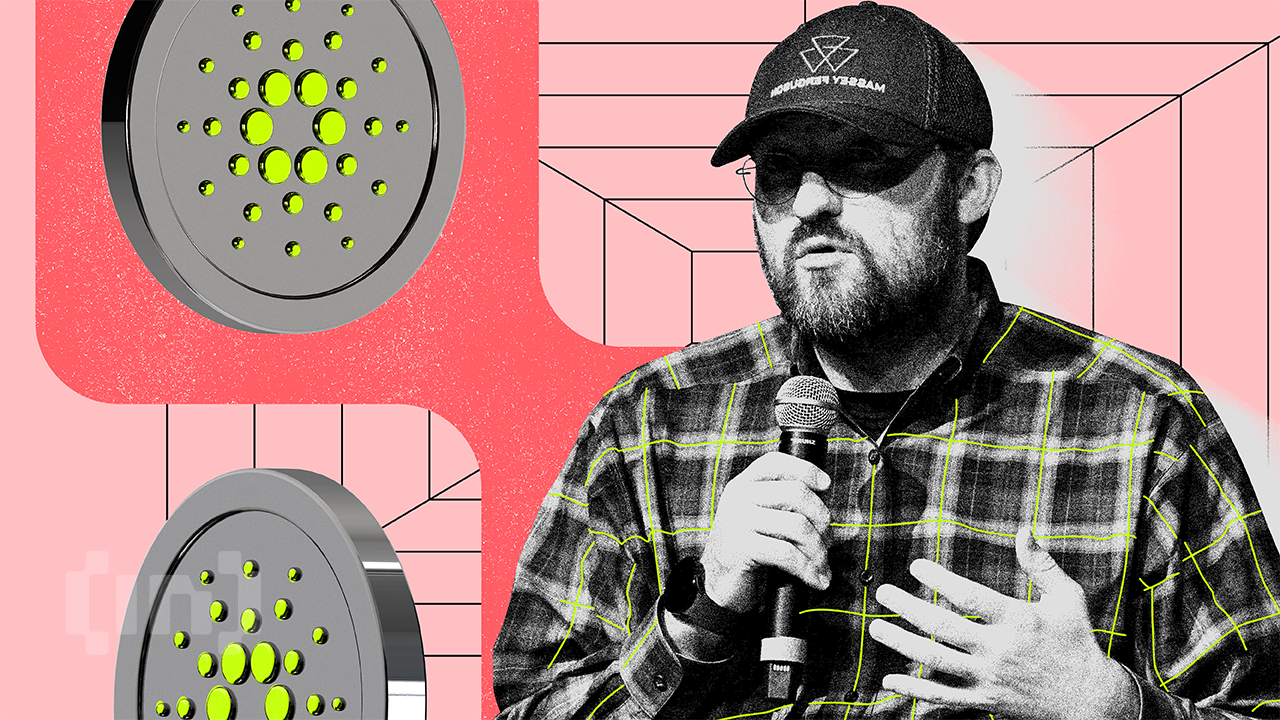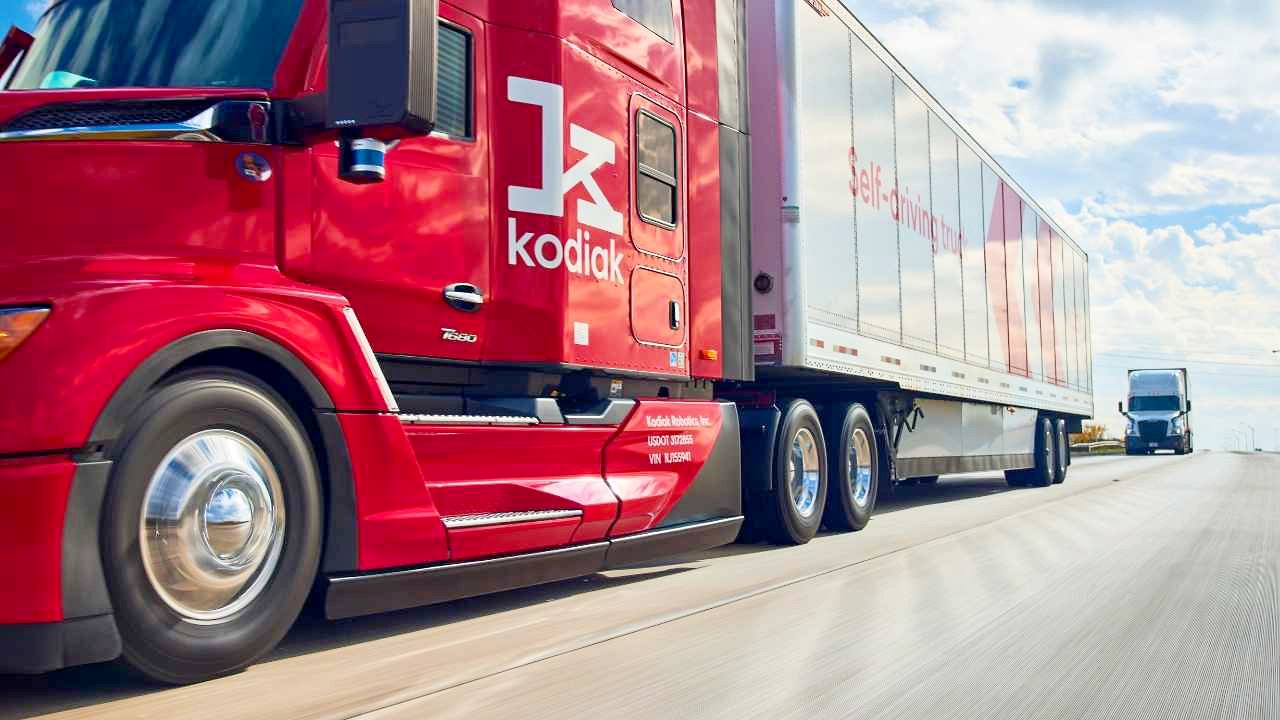Finance
Iron Mountain Incorporated (IRM): Strong Financial Growth and Innovative AI-Driven Solutions Transforming Storage and HR Operations

We recently compiled a list of the Blackrock’s 30 Most Important AI Stocks. In this article, we are going to take a look at where Iron Mountain Incorporated (NYSE:IRM) stands against the other AI stocks.
In the third quarter of 2024, investment titan Blackrock released a commentary on the market outlook for artificial intelligence heading into the closing months of the year, stressing that investors were becoming cautious about the scale of AI spending by tech firms and thus diversifying investments into energy, utilities, real estate, and resources tied to AI infrastructure (for more on this click on 30 Most Important AI Stocks According to BlackRock). Following this warning, in September 2024, BlackRock, in collaboration with Microsoft, Global Infrastructure Partners, and MGX, announced a new AI partnership aimed at investing in data centers and supporting power infrastructure. This initiative was part of a larger strategy by the investment firm to enhance American competitiveness in AI while meeting the growing need for energy infrastructure to power economic growth.
The investment giant also expanded product offerings to cater to the growing interest in AI. In October 2024, the firm launched two new exchange-traded funds (ETFs) designed to provide investors with exposure to the burgeoning AI market. These ETFs aimed to capitalize on the increasing demand for AI-driven investment opportunities. Though still in their early stages, the initiatives appear to have paid off. BlackRock reported a net profit of $6.37 billion last year, marking a 16% increase from the previous year. Revenues rose by 14% to $20.4 billion, and assets under management expanded to $11.55 trillion. The firm has attributed a major part of this growth to advancements in AI technologies and projected that AI will be a significant driver of US equities and economic expansion in 2025.
The BlackRock Investment Institute notes that AI innovations are expected to outpace similar developments in Europe, with private markets playing a crucial role in funding AI-related infrastructure. BlackRock’s 2025 Global Outlook suggests that the global economy has moved beyond the traditional boom and bust cycle due to transformative mega forces such as AI technologies, net-zero carbon emission efforts, geopolitical fragmentation, demographic shifts, and the digitization of finance. The firm believes that significant investments, akin to those of the Industrial Revolution, are needed, particularly in infrastructure tied to AI and green technology. The claims made by BlackRock in relation to AI are shared by investment firm JPMorgan.

Finance
How AI can expose hidden Hezbollah and Hamas networks | The Jerusalem Post

Finance
The New Hampshire Business Finance Authority honors lenders at the 5th annual Granite State Awards
Finance
Hoskinson Gives Insight on Cardano DeFi and ADA Holders

Cardano founder Charles Hoskinson has responded to renewed criticism about the network’s total value locked (TVL) and relatively sluggish decentralized finance (DeFi) growth.
On October 31, Hoskinson acknowledged the gap between Cardano’s DeFi activity and leading blockchains like Ethereum and Solana. However, he said the numbers fail to capture the network’s broader participation and governance strength.
Sponsored
Cardano Bets on Bitcoin Interoperability to Unlock Billions in DeFi Liquidity
Hoskinson pushed back on the long-standing belief that introducing major stablecoins such as USDT or USDC would automatically transform Cardano’s DeFi ecosystem.
“No one’s ever made the argument and explained how the existence of one of these larger stablecoins is magically going to make Cardano’s entire DeFi problem go away, make the price go up, massively improve our MAUs, our TVL, and all these other things,” he said.
He argued that their arrival alone would not solve the network’s structural challenges or guarantee growth.
According to him, Cardano already has native, asset-backed stablecoins like USDM and USDA that can be minted at will and rarely lose their peg.
Instead, Hoskinson pointed to user behavior as the main reason Cardano’s DeFi TVL remains small.
For context, he noted that the network has about 1.3 million users who stake or participate in governance, collectively holding more than $15 billion in ADA.
However, those figures don’t count toward TVL metrics, and most ADA holders remain passive participants rather than active liquidity providers.
“Cardano has a fertile ecosystem. There’s a lot of people floating around. There’s a lot of people who hold ADA, who have Cardano wallets, who have been in our ecosystem — in many cases more than five years. But not a lot of those people have crossed the chasm to use DeFi in Cardano,” he stated.
Sponsored
He added that this distinction creates a “chicken-and-egg” loop for Cardano’s ecosystem. According to Hoskinson, the network’s low activity deters partnerships and liquidity, while the lack of external integrations further limits on-chain adoption.
To counter these limitations, Hoskinson outlined a multi-year roadmap that ties DeFi growth to real-world finance and Bitcoin interoperability.
He highlighted the Midnight network—a privacy-focused sidechain—and RealFi, a microfinance platform targeting African markets, as key initiatives.
Both will integrate with Bitcoin DeFi, allowing ADA and BTC to be lent, converted into stablecoins, and used in real-world lending products.
Sponsored
Hoskinson expects this combination to drive “billions of dollars” in new liquidity while attracting Bitcoin’s vast capital base. He also cited ongoing projects such as Leios, as proof that Cardano continues to evolve at the protocol level.
Still, he conceded that Cardano’s core issue is coordination and accountability, not technology.
“It’s not a technology problem. It’s not a node problem. It’s not a problem of imagination and creativity. It’s not a problem of execution. We can pretty much do anything. It’s a problem of governance and coordination and ultimately accountability and responsibility,” Hoskinson said.
To fix this, he proposed delegating clear responsibility for ecosystem expansion. He also called for targeted marketing and event strategies to mobilize ADA holders toward DeFi participation.
“The problem isn’t the ability to do a marketing campaign. The problem isn’t our ability to ship great software. It’s that there’s no one accountable to actually conceive of it, execute it, and be held accountable to the outcome of it. That’s the problem in a nutshell. So that is the problem we have to solve next year as we look to 2026,” He stated.
-

 Milwaukee, WI6 days ago
Milwaukee, WI6 days agoLongtime anchor Shannon Sims is leaving Milwaukee’s WTMJ-TV (Channel 4)
-

 News7 days ago
News7 days agoWith food stamps set to dry up Nov. 1, SNAP recipients say they fear what’s next
-

 Alabama1 week ago
Alabama1 week agoHow did former Alabama basketball star Mark Sears do in NBA debut with Milwaukee Bucks?
-

 News1 week ago
News1 week ago1 dead, 6 injured in shooting at Lincoln University homecoming festivities
-

 Austin, TX1 week ago
Austin, TX1 week agoDia De Los Muertos Austin: Parades, Altars & Events
-

 Culture5 days ago
Culture5 days agoVideo: Dissecting Three Stephen King Adaptations
-

 Culture1 week ago
Culture1 week agoVideo: Tyler Mitchell Breaks Down Three Photos From His New Book
-

 Seattle, WA6 days ago
Seattle, WA6 days agoFOX 13’s Aaron Levine wins back-to-back Jeopardy! episodes

















